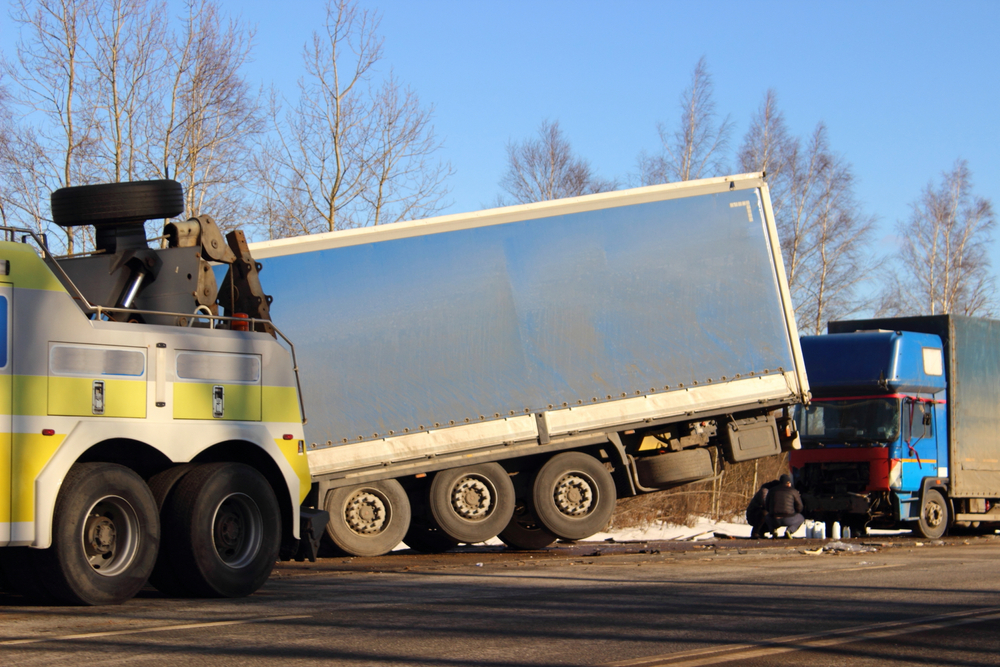What Is a Black Box in a Truck?
Modern commercial trucks are required by federal law to install ELDs that automatically record data about:
– Engine power on/off
– Vehicle motion
– Miles driven
– Speed and braking patterns
– Hours of service (HOS)
– GPS location every 60 seconds (49 C.F.R. § 395.26)
Many trucking companies also use advanced telematics platforms—such as Omnitracs, Samsara, or KeepTruckin—that track driver behavior, dash cam footage, and live fleet analytics.
Why ELD Data Can Make or Break Your Case
In Florida, proving negligence in a truck crash often hinges on showing the truck driver:
– Exceeded hours of service limits (i.e., fatigue),
– Was speeding or braking too late,
– Was distracted or off route, or
– Falsified paper logs to cover up misconduct.
With ELDs, your attorney can subpoena this exact data—and use it to reconstruct the crash, identify FMCSA violations, and support claims for gross negligence or punitive damages.
Spoliation and the Race Against Time
Under 49 C.F.R. § 395.8(k)(1) and Florida common law, truck companies are only required to preserve ELD records for 6 months unless litigation is pending. That means:
– Data can be overwritten or deleted if your lawyer doesn’t act quickly.
– Florida courts recognize spoliation claims when critical digital evidence is destroyed after notice.
Your attorney should immediately send a spoliation letter demanding the preservation of:
– ELD data and HOS logs
– Onboard diagnostics (OBD)
– Telematics records
– Event data recorder (EDR) downloads
– Dash cam footage
How We Use This Data to Build Your Case
At Abrams Justice Trial Attorneys, we collaborate with forensic experts, data analysts, and crash reconstructionists to interpret ELD and telematics data. Here’s how we use it:
– Timeline Reconstruction: Identify speeding, abrupt stops, and patterns of fatigued driving.
– Violation Discovery: Flag violations of FMCSA rules (e.g., 49 C.F.R. § 395 HOS limits).
– Comparative Fault Defense: Counter attempts to blame the injured victim by showing driver misconduct.
– Punitive Damage Claims: Support evidence of willful misconduct or systemic safety violations.
Why Telematics Data Shows Company Negligence Too
These systems don’t just monitor drivers—they monitor companies. When corporate managers ignore warning signs from telematics dashboards—such as speeding alerts or missed rest breaks—they can be held liable for negligent supervision, retention, or even corporate malice.
This strengthens your case by showing that systemic failure, not just one “bad driver,” led to the crash.
Conclusion: Don’t Let Crucial Data Disappear
If you’ve been injured in a truck crash, don’t wait. The black box in that 18-wheeler could hold the key to your case. But federal law allows this data to vanish in a short period of time.
At Abrams Justice, we move fast to lock down digital evidence and hold trucking companies accountable—because justice starts with the truth.
Contact us today for a free consultation if you or a loved one were involved in a Florida trucking crash.


